Introduction to Chaitra Navratri
Chaitra Navratri, a vibrant and revered festival in Hindu culture, spans nine auspicious days and is dedicated to the worship of the divine feminine. This celebration typically occurs in the month of Chaitra, which corresponds to March-April in the Gregorian calendar. The festival holds significant spiritual importance as it honors Goddess Durga and her various forms, symbolizing power, purity, and the triumph of good over evil.
Historically, Chaitra Navratri has roots in ancient Hindu scriptures and traditions. Its significance is deeply intertwined with various mythological tales, most notably those surrounding the victory of Goddess Durga over the buffalo demon Mahishasura. This victory is celebrated not only as a moment of divine intervention but also as an acknowledgment of women’s strength and resilience throughout history. Each day of Chaitra Navratri is dedicated to a specific form of the Goddess, thus signifying the multifaceted aspects of femininity.
The way Chaitra Navratri is celebrated can vary widely across different regions of India, reflecting the country’s cultural diversity. In northern states like Uttar Pradesh and Punjab, devotees engage in fasting, prayers, and vibrant dance forms such as Garba and Dandiya. In contrast, southern states like Tamil Nadu may focus on intricate rituals and elaborate decorations dedicated to the goddess. Organizations and temples often organize events to facilitate collective worship and community gatherings, reinforcing social bonds during this festive period.
This festival not only represents religious devotion but also acts as a time for renewal and reflection, allowing individuals to reconnect with their spiritual roots. Through various rituals, rituals, and celebrations, Chaitra Navratri continues to be a significant aspect of Hindu cultural identity, providing an opportunity for devotees to express their reverence toward the divine feminine. The nine days of worship ultimately foster a deep sense of community and spiritual fortitude, making Chaitra Navratri an essential event in the Hindu calendar.
Significance of Colors in Chaitra Navratri
Chaitra Navratri is an auspicious festival celebrated with great fervor, dedicated to the worship of the divine feminine energy through various forms of Goddess Durga. One of the unique aspects of Chaitra Navratri is the incorporation of specific colors that symbolize the celestial energies associated with each day of the event. These colors hold deep meaning, reflecting the ethos and spiritual significance tied to the corresponding deities worshipped throughout the festivities.
Each day of Chaitra Navratri is represented by a distinct color, which not only enhances the visual appeal of the celebrations but also embodies specific emotions and energies. For instance, the color red is often reserved for the first day, symbolizing power, energy, and determination. This is aligned with the worship of Goddess Shailputri, who represents strength and resilience. Devotees typically adorn themselves in red attire to channel this vibrant energy, reflecting their commitment to the worship that marks the beginning of the nine-day observance.
As the festival progresses, other colors are embraced, such as royal blue representing wealth and abundance, linked to Goddess Durga in her manifestation as Chandraghanta. Each color’s significance encourages devotees to not only wear garments that correspond with these themes but also to incorporate them into their home decorations and ritual offerings. The careful selection of colors serves as a reminder of the spiritual purpose of Chaitra Navratri, creating an atmosphere that fosters dedication and devotion.
This practice allows individuals to connect more profoundly with the energies of the festival, transforming both their surroundings and their own states of mind. The rich spectrum of colors seen during Chaitra Navratri collectively enhances the overall experience, encouraging harmony and deeper spiritual connection among devotees as they engage in prayers, festivities, and cultural rituals.
Daily Color Breakdown for Navratri 2025
Chaitra Navratri 2025 promises to be a vibrant celebration characterized by a unique color scheme for each day, enhancing the spiritual fervor associated with this auspicious festival. From March 29 to April 6, devotees will engage in various rituals and embody the energy represented by specific colors throughout the nine nights devoted to the worship of Goddess Durga. Understanding the colors associated with each day can help practitioners enhance their festive experience in a meaningful way.
The first day, March 29, will be marked by the color yellow, symbolizing knowledge and learning. This day honors Goddess Shailputri, and devotees may begin their festivities with prayers and offerings that reflect gratitude for wisdom. The second day features green, embodying growth and fertility as followers pay homage to Goddess Brahmacharini. Engaging in plant-based rituals can further enhance this day’s significance.
On the third day, the color grey is dedicated to Goddess Chandraghanta, combining strength with stability. Worshippers might focus on inner strength through meditation or community activities. The fourth day expresses orange, a color that signifies warmth and enthusiasm, in honor of Goddess Kushmanda. Devotees often create vibrant decorations and indulge in joyous gatherings that reflect this energy.
The fifth day embraces white, representing purity and peace, as followers of Goddess Skandamata commemorate tranquility. Devotional practices might include charity and goodwill initiatives. The sixth day features red, symbolizing power and action, dedicated to Goddess Katyayani. Participants may engage in energetic dance and music as expressions of devotion.
The final three days of Navratri bring purple for Goddess Kalaratri, representing removal of darkness; pink for Goddess Mahagouri, signifying joy; and finally multicolor on the concluding day, embodying the essence of celebration and unity. Each color day serves to deepen participants’ connection to the divine and enhance the spiritual ambiance of Chaitra Navratri 2025.
How to Incorporate Navratri Colors into Your Celebrations
As Chaitra Navratri approaches, it presents an opportunity for individuals to embrace the vibrant spectrum of colors associated with each day of the festival. Incorporating these colors into personal and communal celebrations can enhance the festive atmosphere and deepen one’s spiritual connection. To begin with, selecting clothing in accordance with the day’s designated color can be a simple yet effective way to honor the tradition. For instance, wearing bright hues like yellow on the second day symbolizes happiness and knowledge, aligning oneself with the spiritual significance of the celebration.
Beyond clothing, home decorations play a vital role in amplifying the festive spirit. Families can adorn their homes with garlands, flowers, and decorative items that reflect the day’s color. Using colored lights or fabrics can transform a regular space into a vibrant celebration zone. For example, pink elements on the day dedicated to the goddess Brahmacharini can create an inviting and cheerful ambiance. Furthermore, incorporating colored candles or diyas during prayer rituals not only adds brightness to the surroundings but also enhances the spiritual experience of worship.
Daily worship practices can also integrate the nine colors of Navratri. For instance, preparing offerings in alignment with the day’s color, such as specific fruits or flowers that match the hue, can add a layer of mindfulness to one’s devotion. Engaging in group celebrations or community events can provide an even richer context to these practices. Collective gatherings where everyone participates in the color theme foster a sense of unity and shared purpose among devotees.
Ultimately, bringing the colors of Chaitra Navratri into celebrations through thoughtful choices in attire, home decor, and worship can enhance the overall festive experience, fostering a deeper appreciation for the spiritual significance of these nine days.


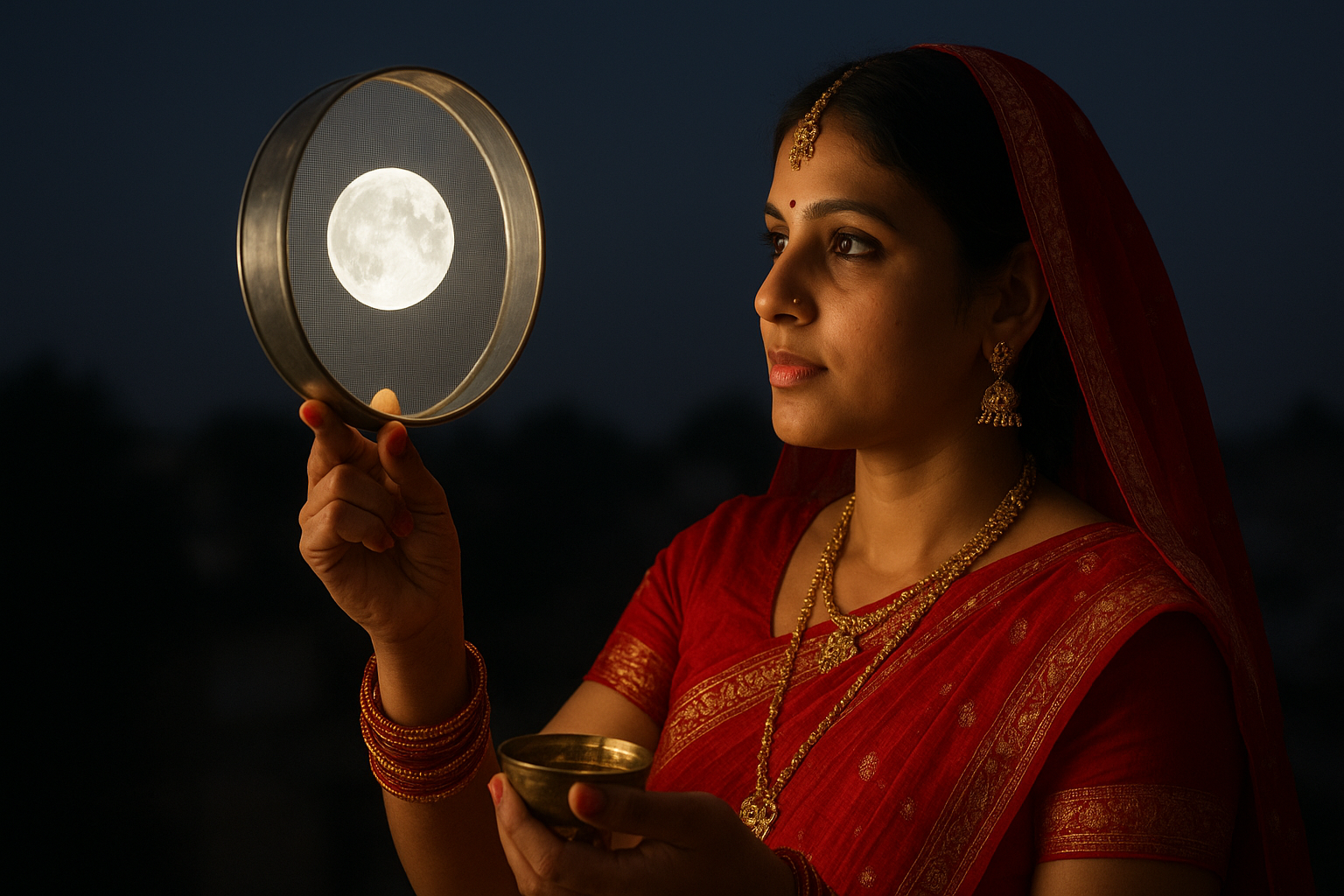
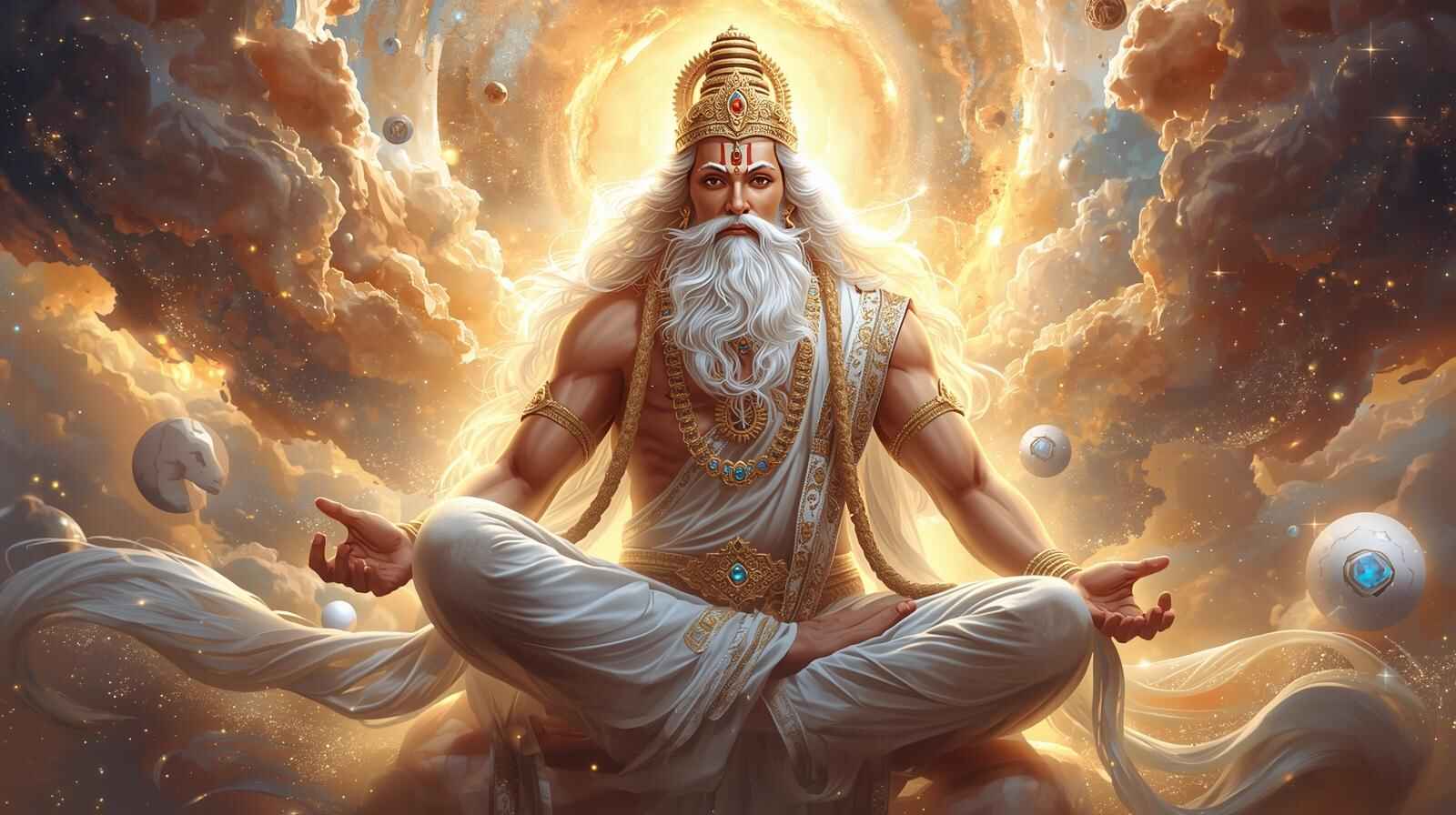
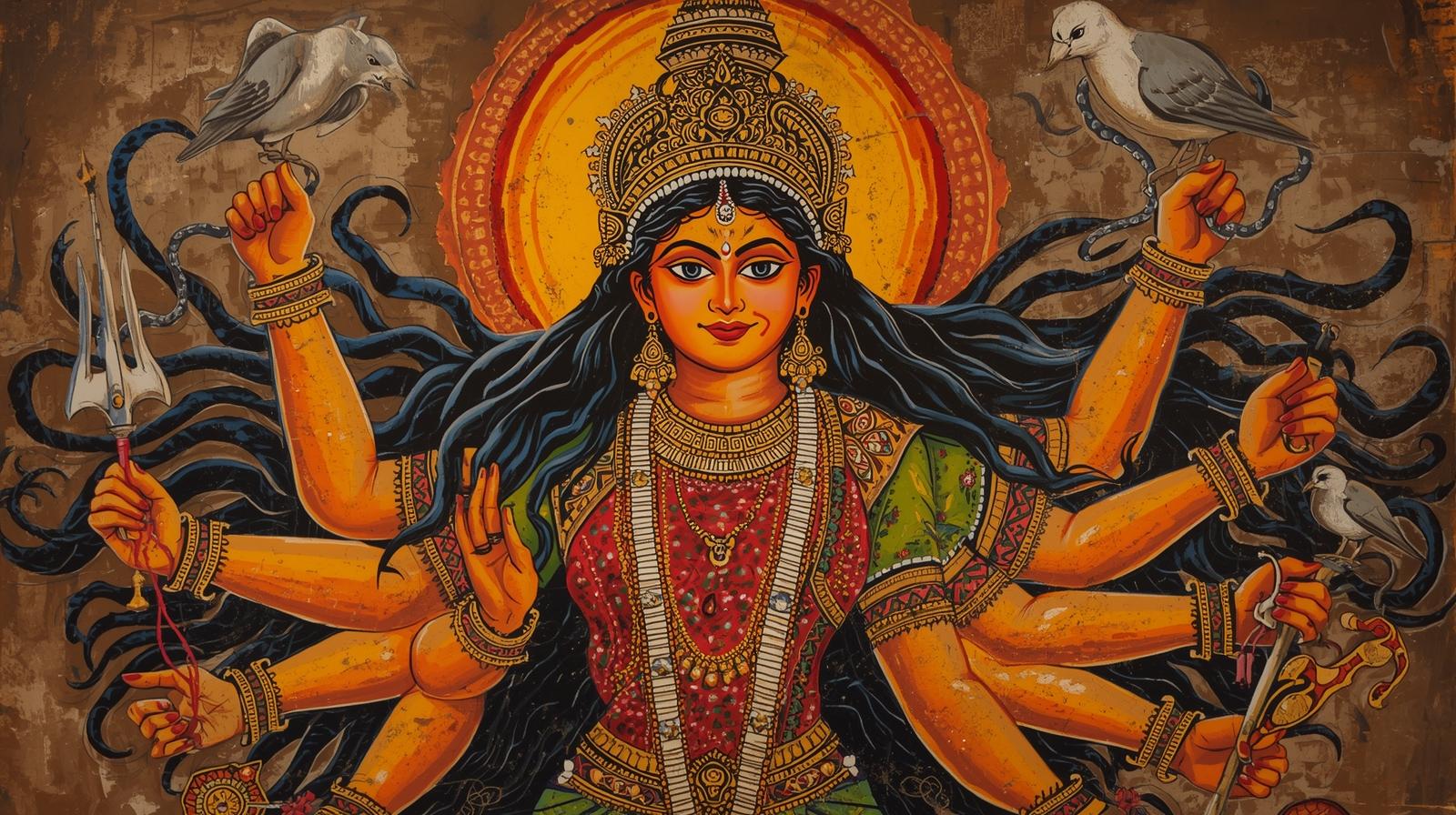
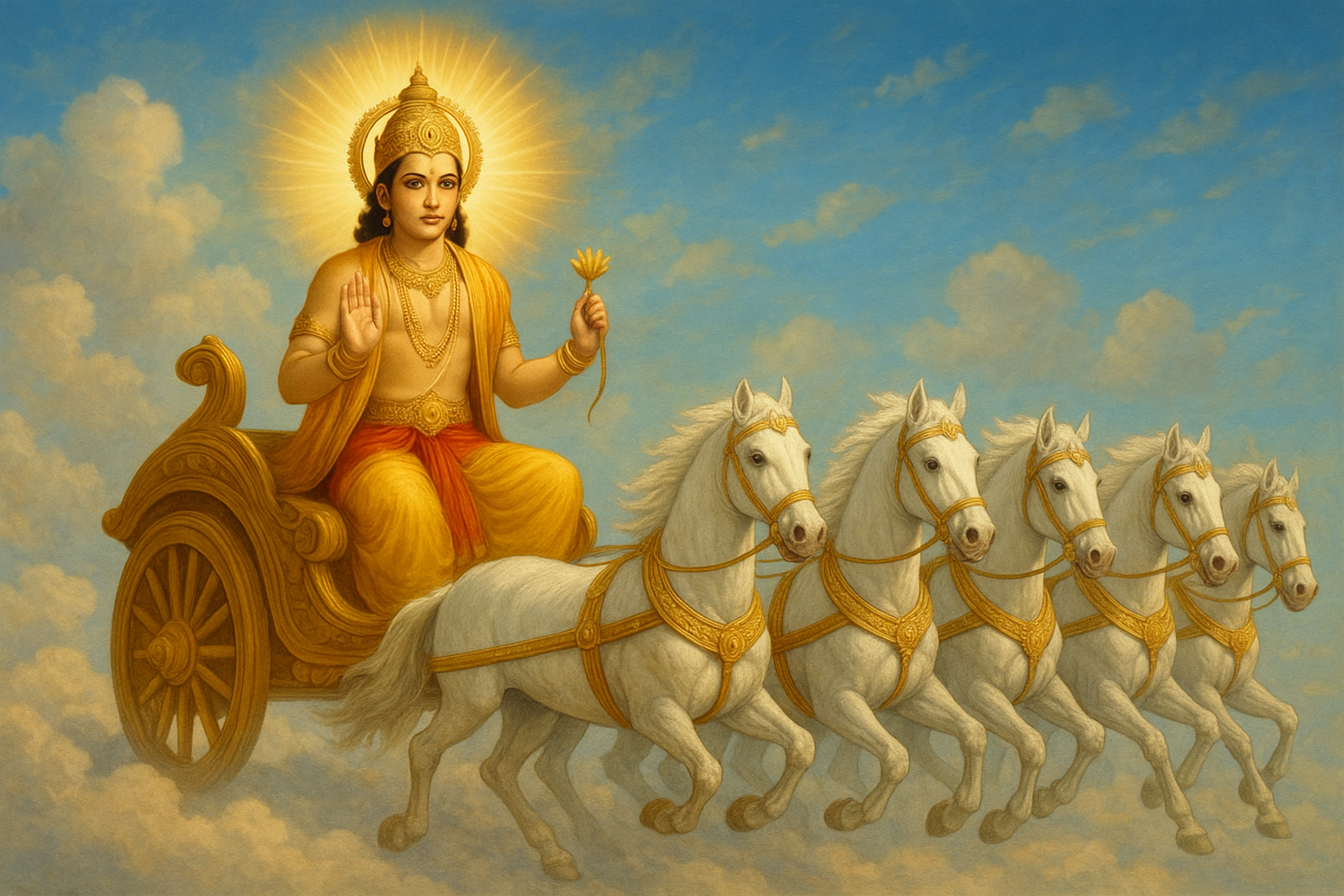
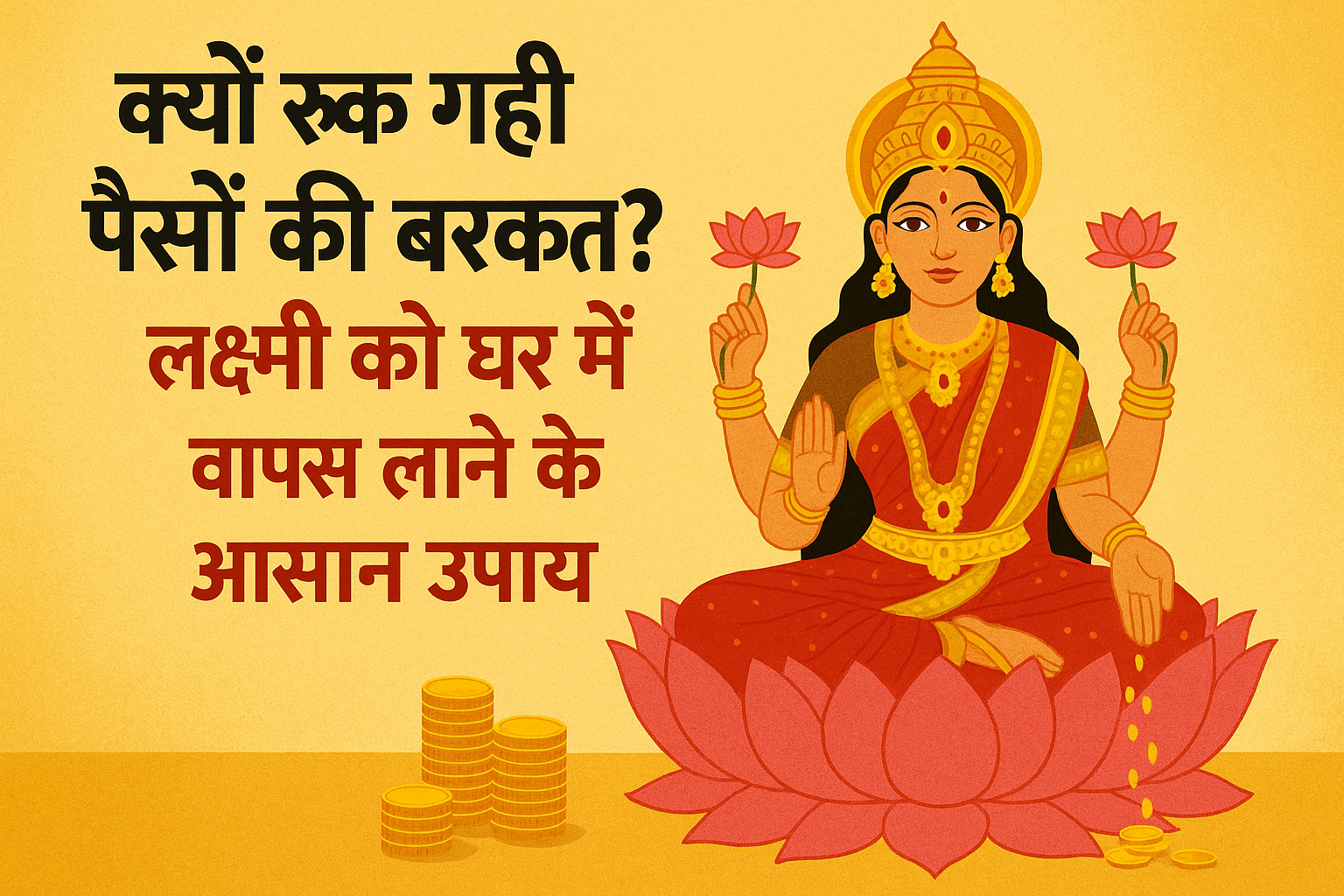
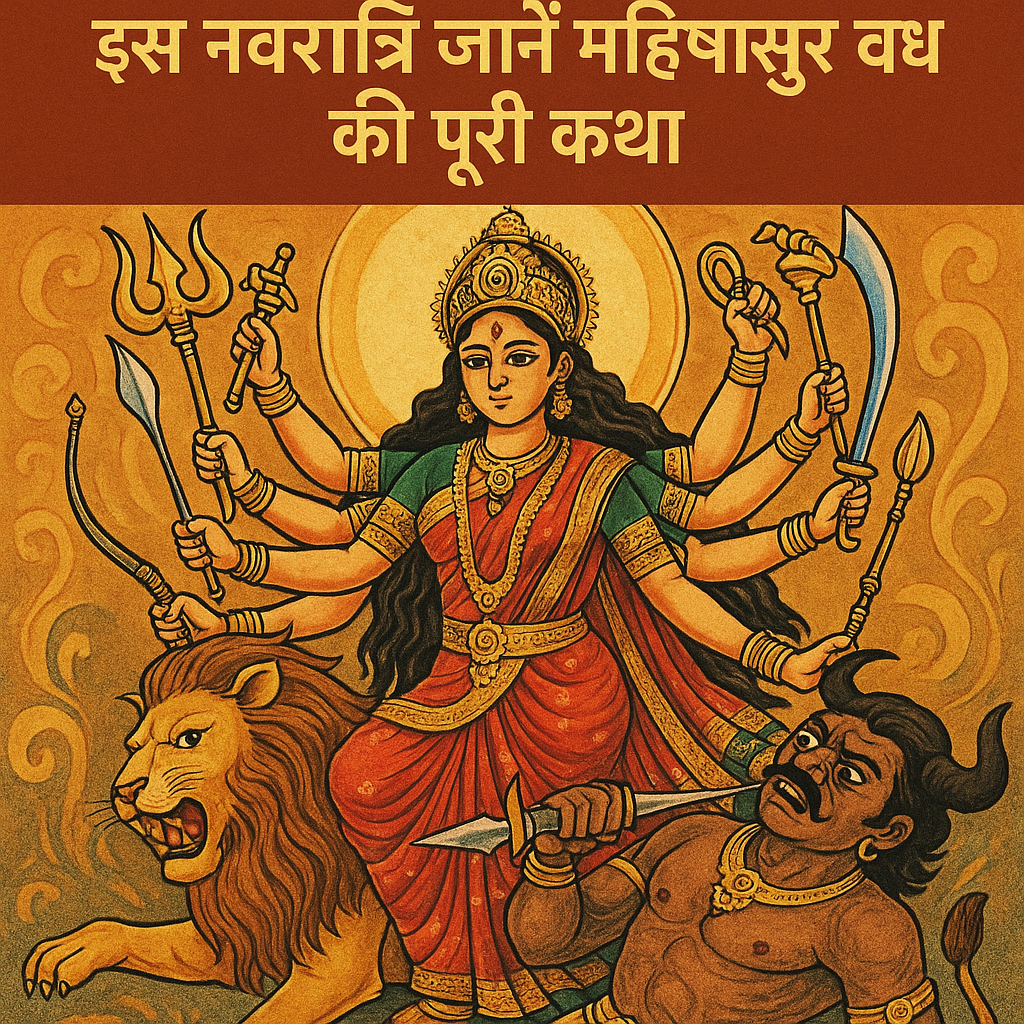
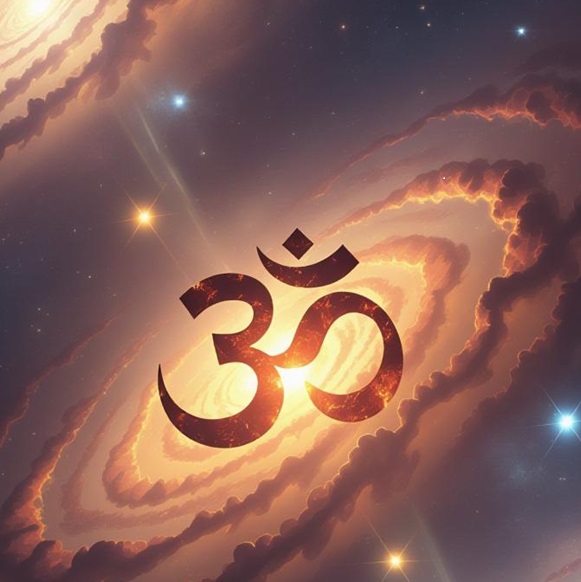
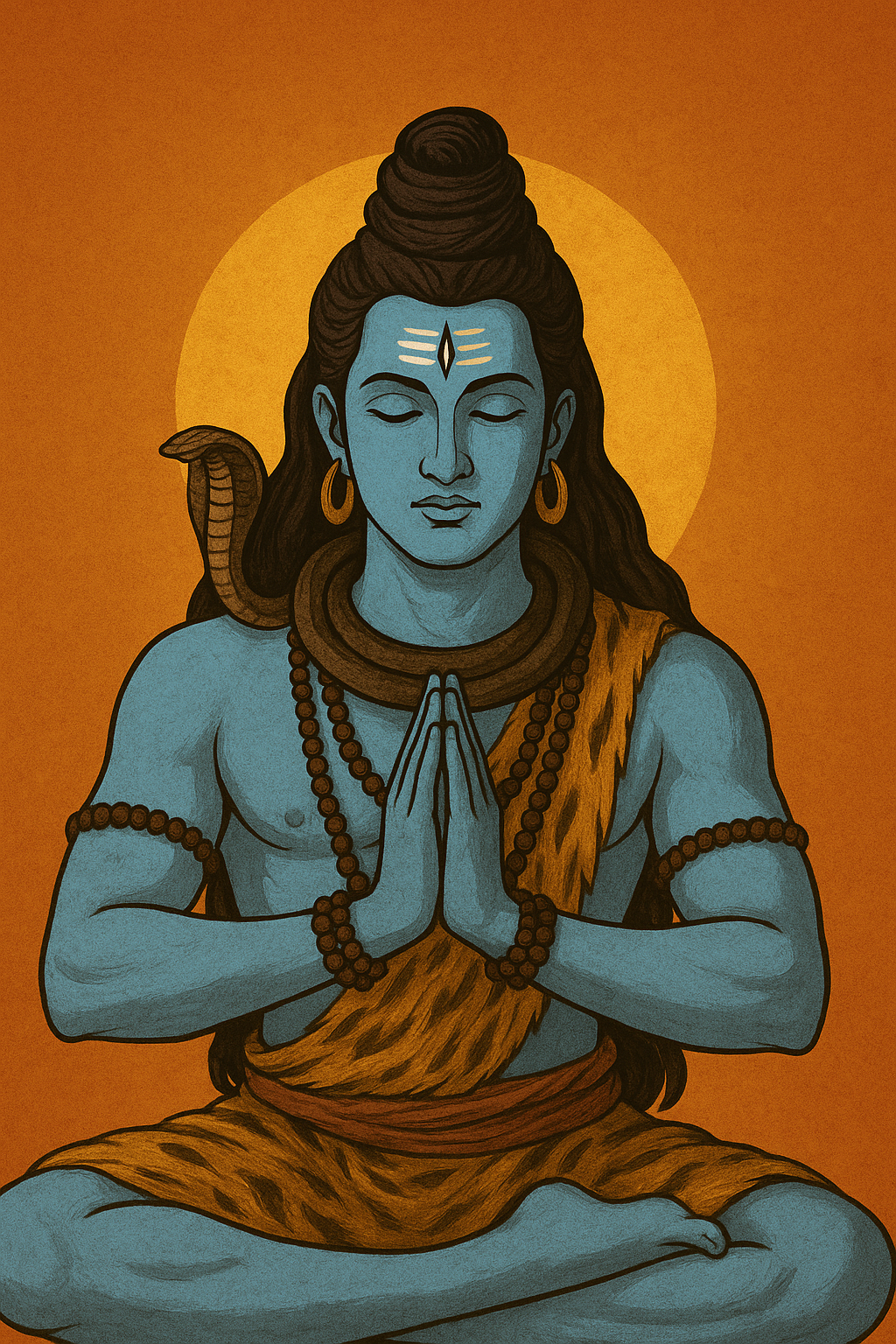

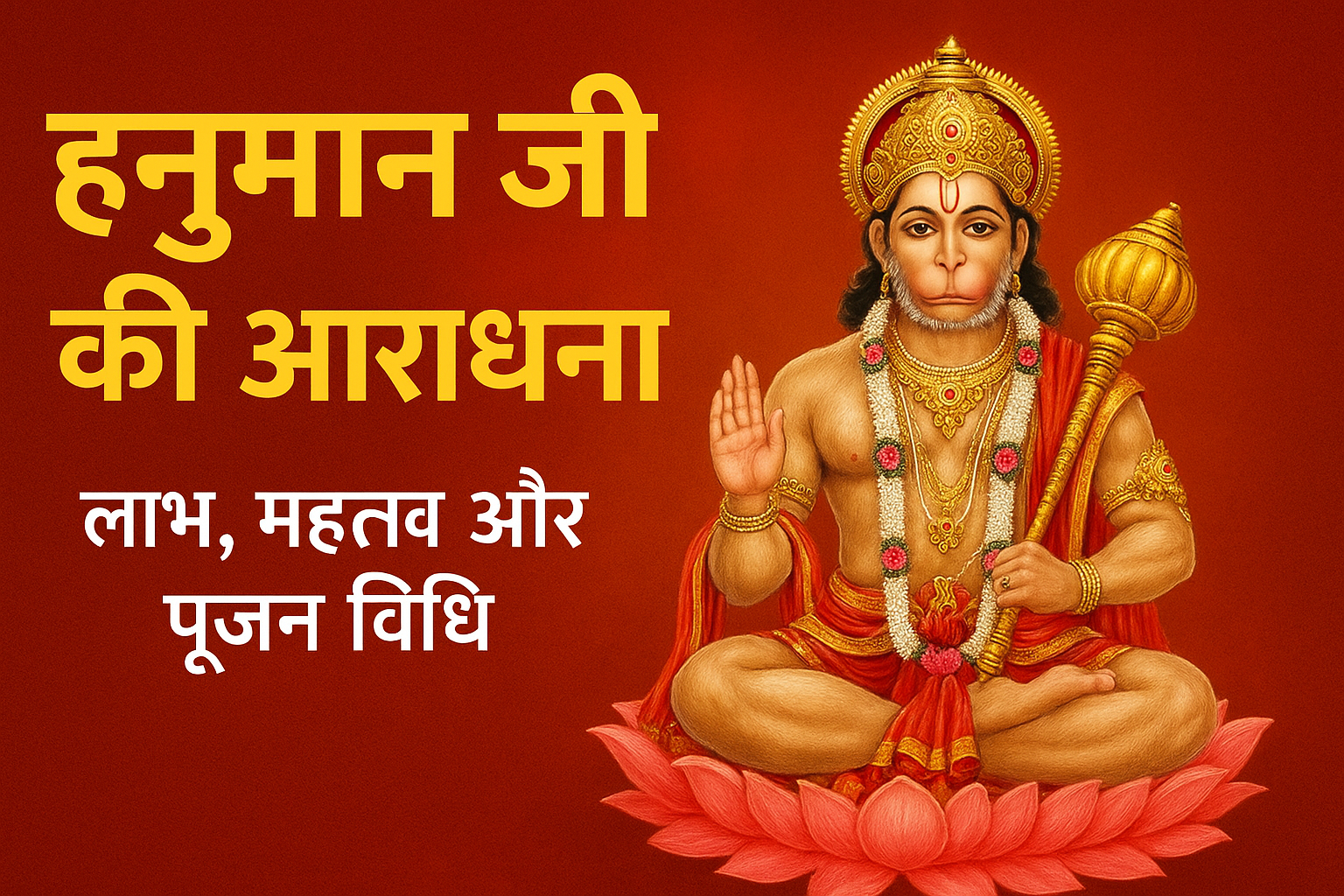


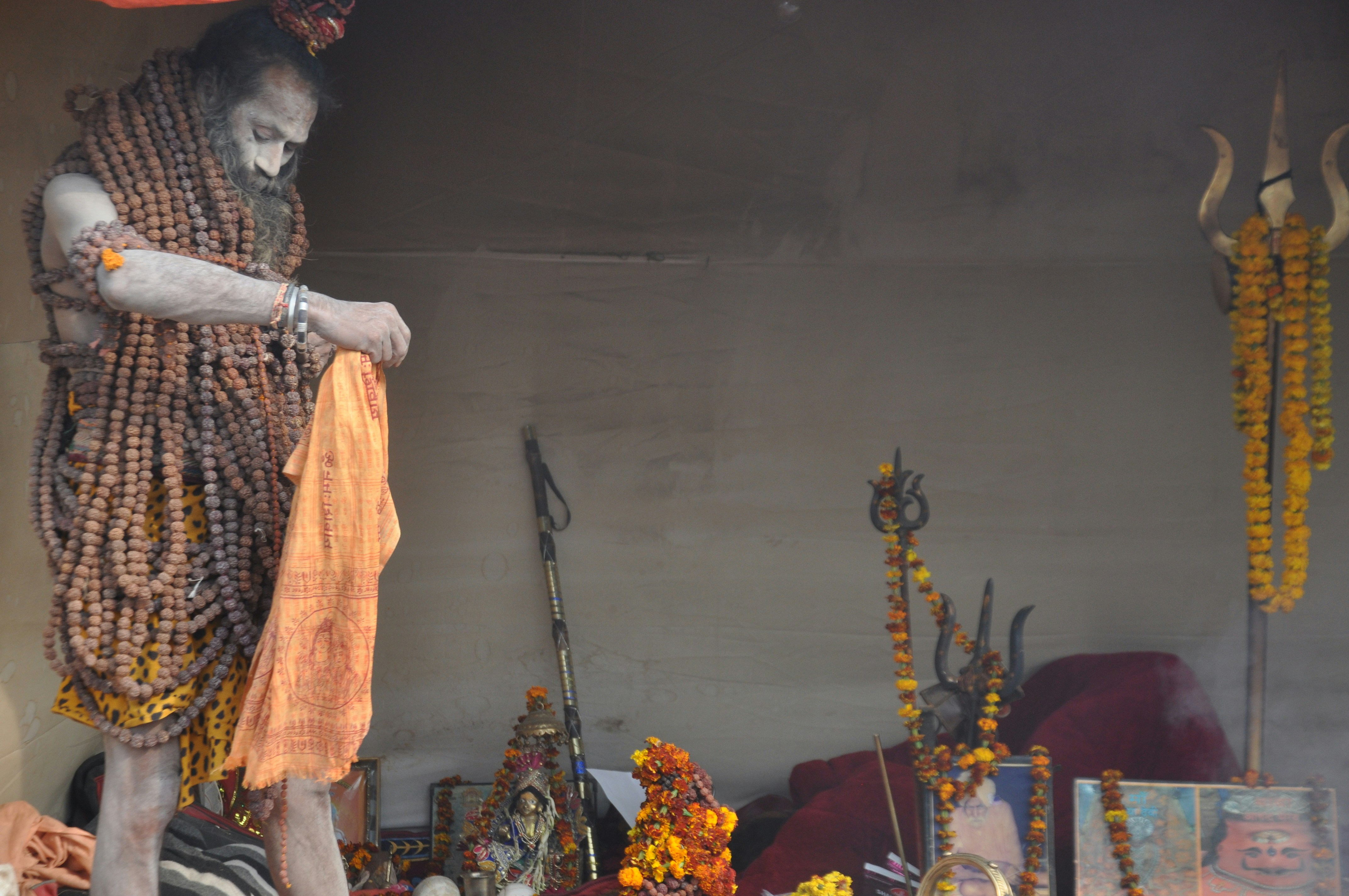

Leave a Reply